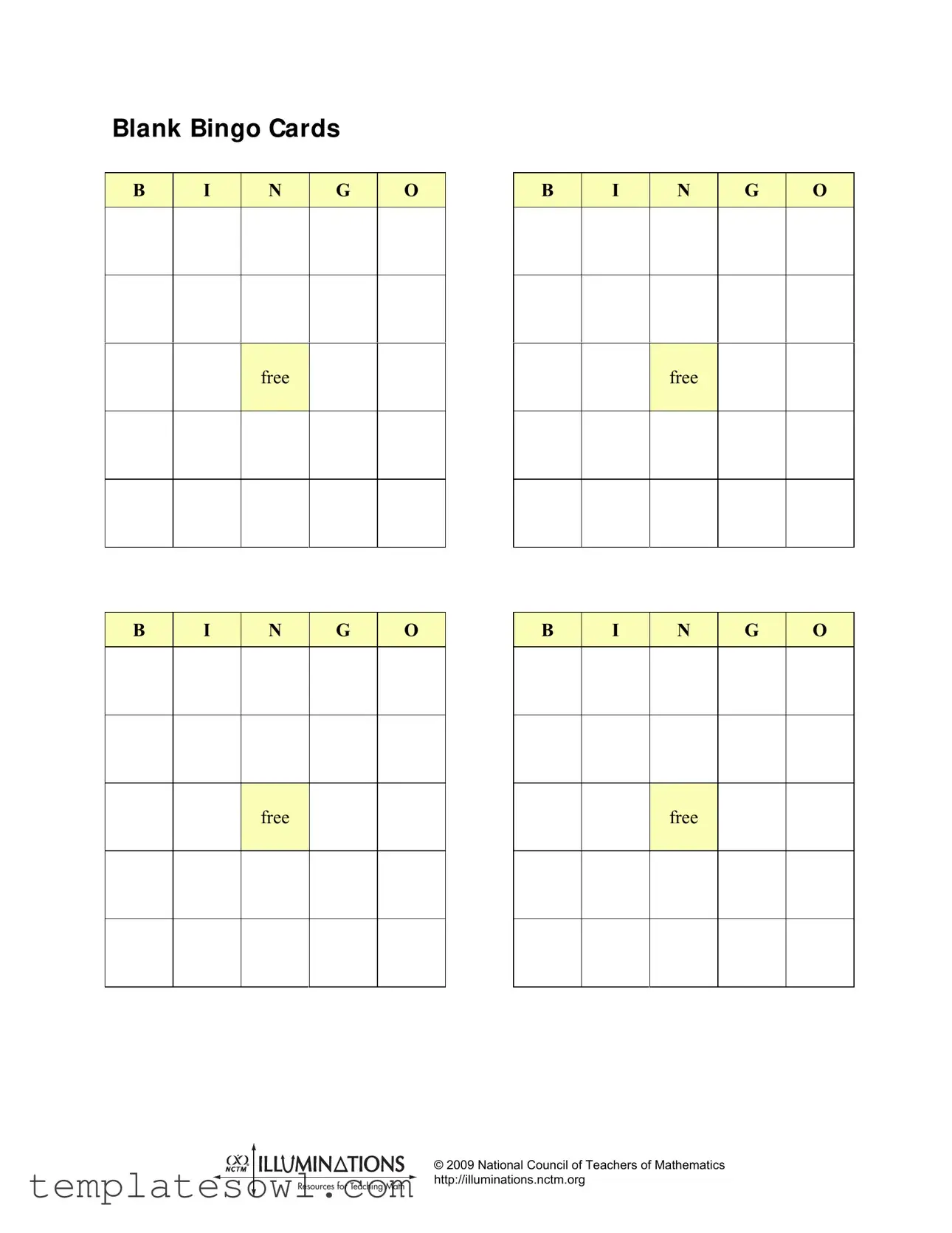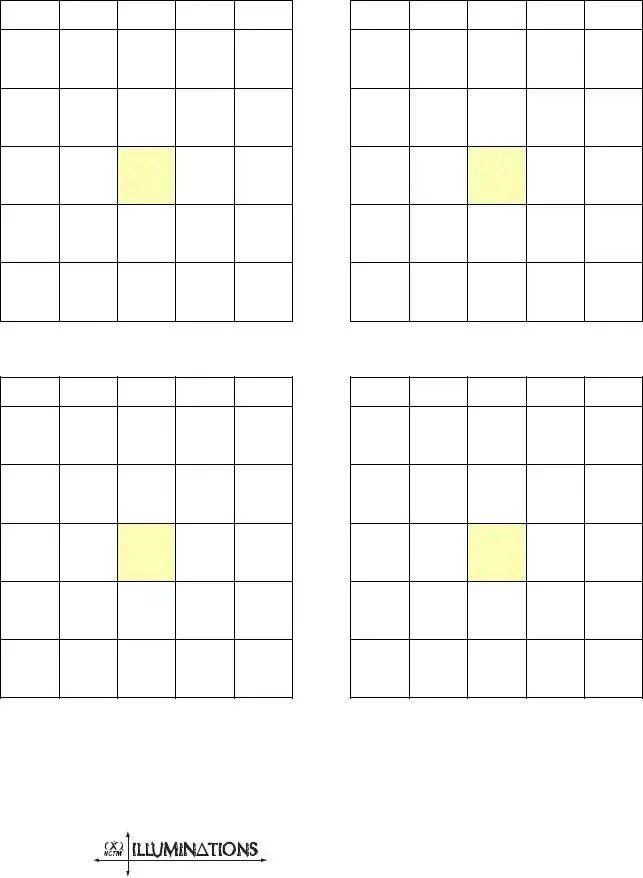What are Bingo Cards used for?
Bingo Cards are versatile tools that can be used in various settings, including classrooms, parties, and fundraisers. They often serve educational purposes, helping to engage students in learning through fun activities. By replacing traditional content with specific learning objectives or vocabulary, educators can create a more enjoyable and interactive way to reinforce knowledge.
Why are there multiple "FREE" spaces on the Bingo Cards?
The "FREE" spaces are essential for gameplay as they allow players an automatic win for that spot. In more structured educational environments, these free spaces can also represent additional learning opportunities, encouraging students to think critically about their selections. This structure keeps the game interesting and aids in the game's flow.
How can I customize my Bingo Cards?
Customizing Bingo Cards is simple. You can create your content that aligns with specific learning objectives or themes. To do this, users may fill in the card spaces with relevant terms, numbers, or images. This customization allows for personalized gameplay, making the experience tailored to your goals, whether for a classroom setting or a family gathering.
What age group is suitable for playing Bingo with these cards?
Bingo is suitable for a wide range of ages. Younger children benefit from simpler concepts, while older students and adults can engage with more complex themes or subjects. Adjustments can be made based on the audience to ensure everyone remains engaged and learns effectively.
Is there a limit to the number of players for Bingo using these cards?
No, there is no strict limit on the number of players. However, you should have enough Bingo Cards available for each player to ensure fair play. If you have more players than cards, players can share or take turns, which helps keep everyone involved and active during the game.
Can I print the Bingo Cards at home?
Yes, Bingo Cards can easily be printed at home. You can print them on regular paper or cardstock for durability. Adjust your printer settings to ensure the cards are printed at the appropriate size for easy handling. This convenience allows for quick setup and spontaneity in using this fun game.
What kind of themes can be used for the Bingo Cards?
The themes for Bingo Cards are nearly limitless! Common themes include math problems, vocabulary words, historical figures, or even seasonal celebrations. Choose a subject that fits your audience's interests or learning objectives. The flexibility in themes makes Bingo a useful tool for a variety of educational scenarios.
Are there any additional resources available for using Bingo in educational settings?
Many resources are available to enhance the educational value of Bingo. Educators can find templates, game rules, and activity ideas online. Additionally, the National Council of Teachers of Mathematics offers guidance on integrating math concepts through Bingo, ensuring that users can effectively combine fun with learning.

